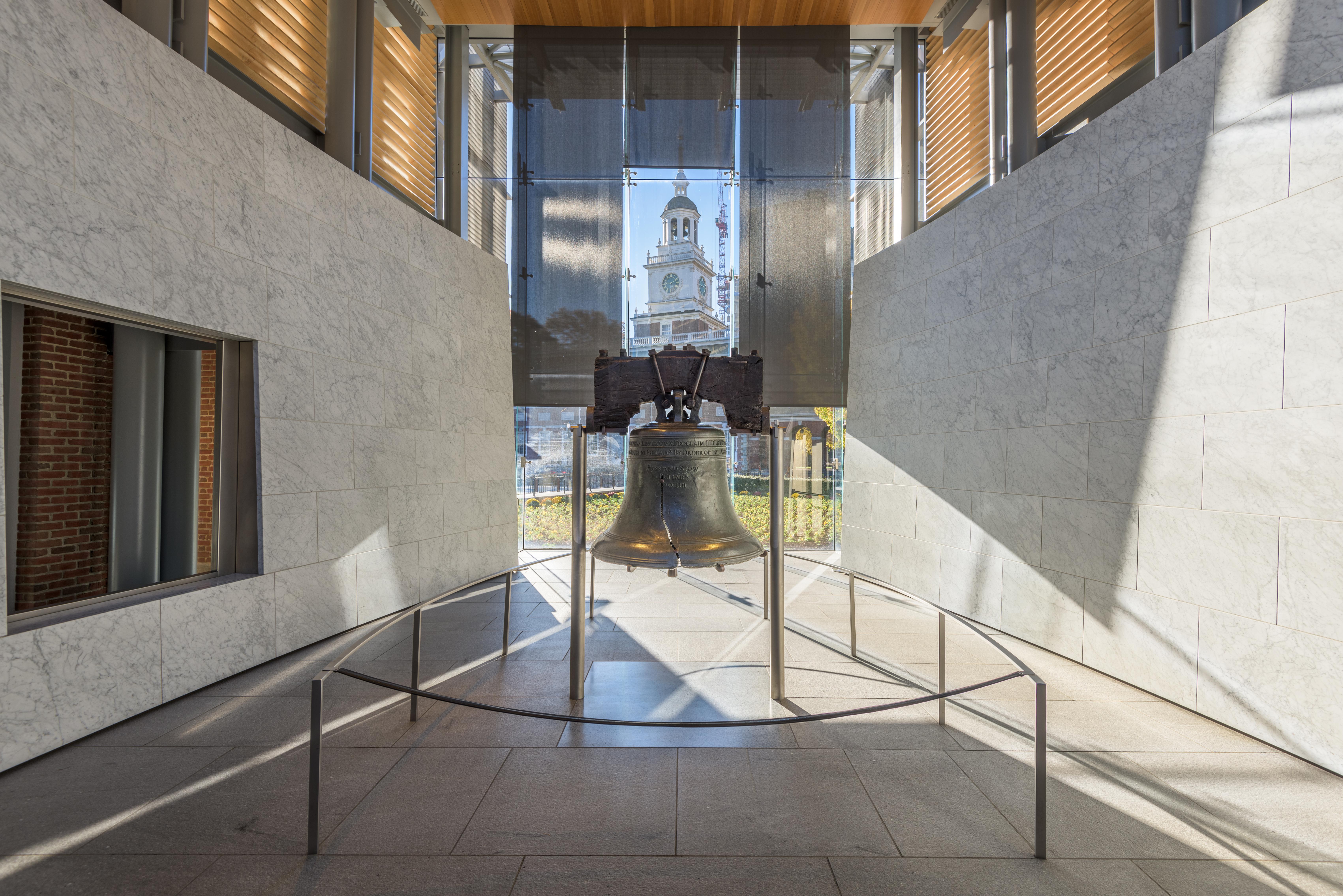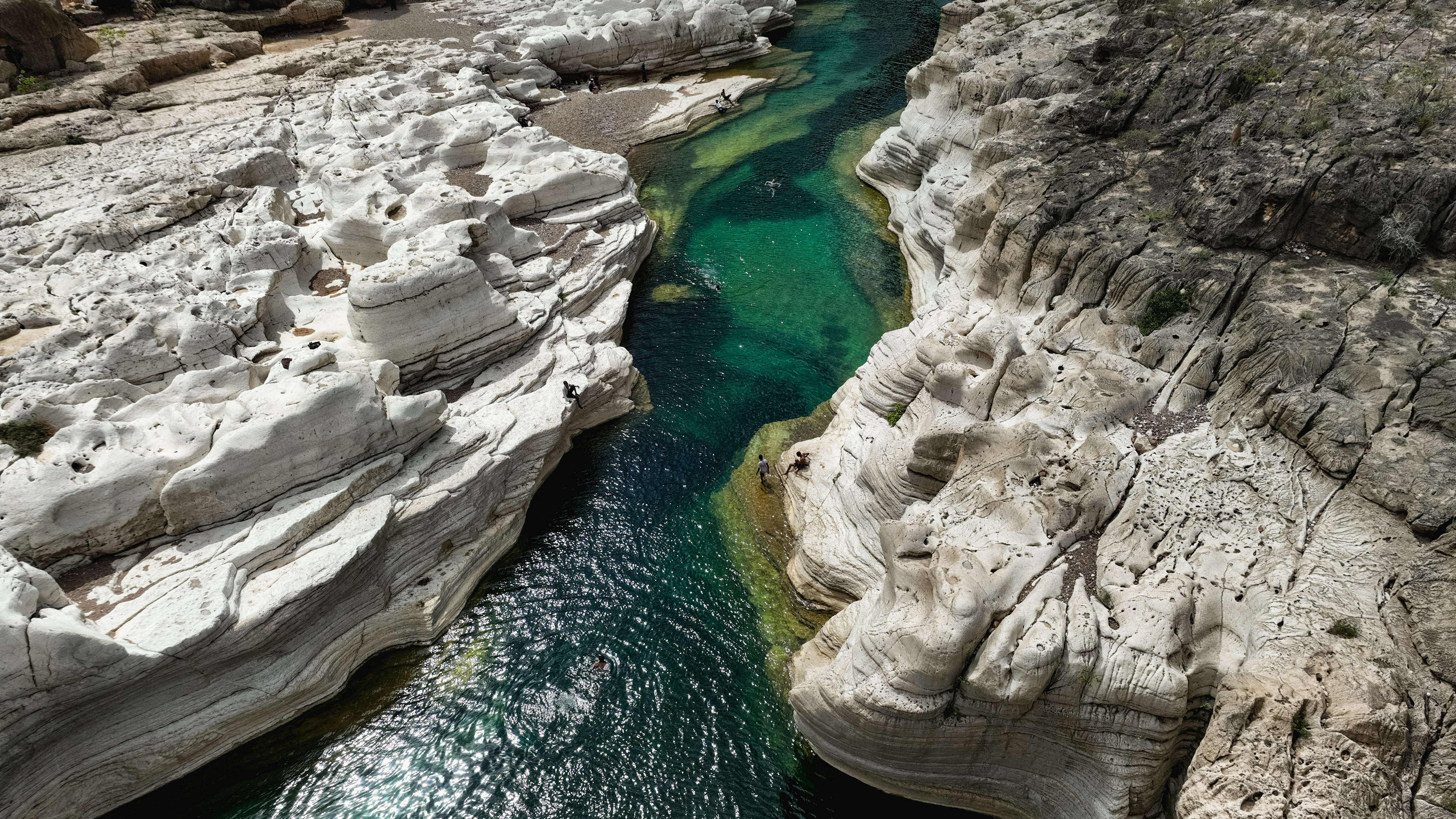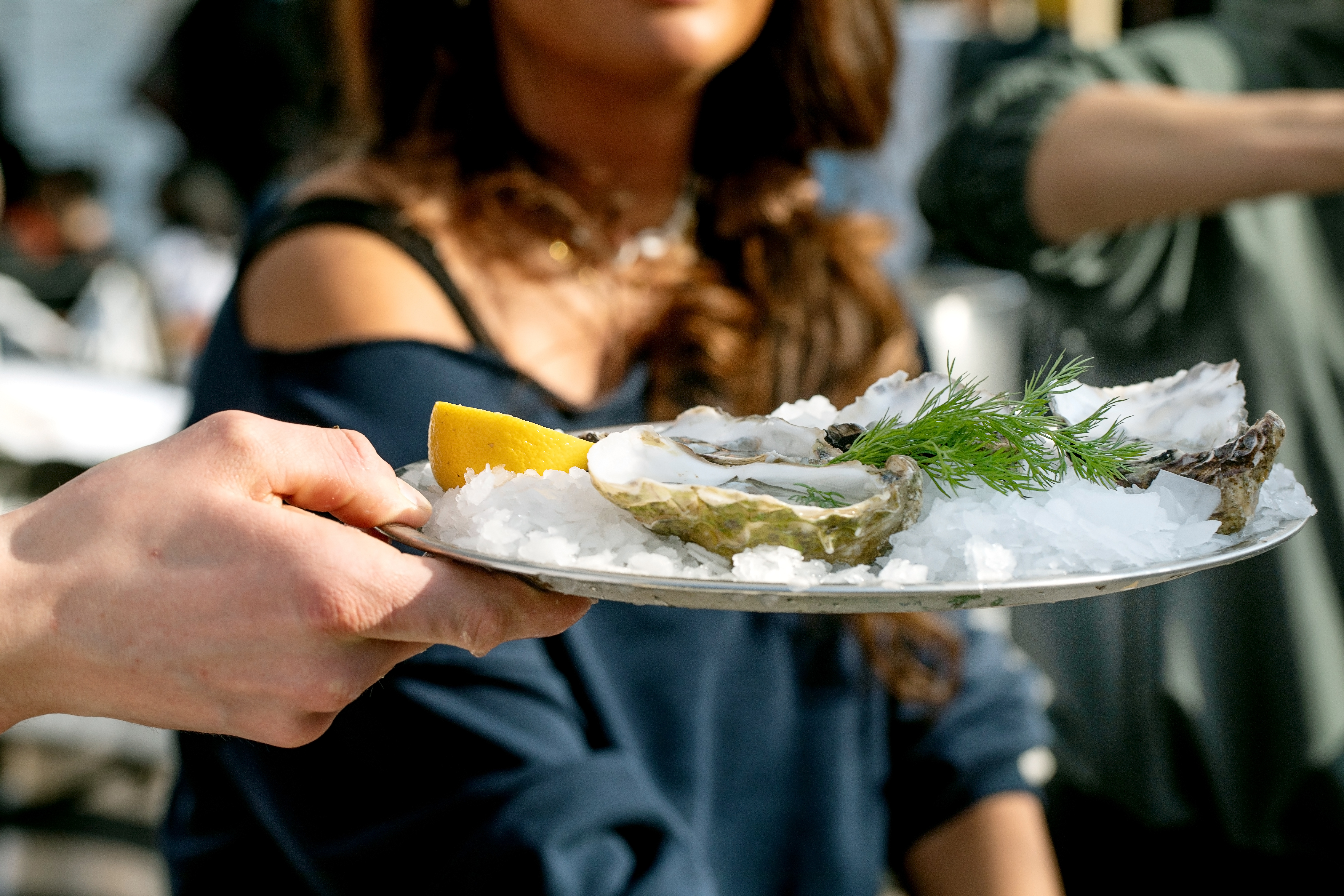12 Unique Underwater Wonders in Oceania for the American Diver
For many American divers, Oceania calls with a sense of adventure that’s hard to resist. Spanning Australia, the Pacific islands, and even the far-flung corners of Southeast Asia, this region boasts some of the planet’s most spectacular underwater environments. From world-famous reefs teeming with life to sunken relics that whisper stories of history, divers will find no shortage of reasons to plan their next journey across the Pacific. These waters promise much more than postcard beauty—they deliver once-in-a-lifetime encounters, whether you’re drawn to massive pelagics, intricate coral gardens, or the quiet awe of underwater wrecks. Add in approachable travel connections from major U.S. cities and you get a natural playground for both experienced divers and enthusiastic newcomers. As you explore this list of twelve handpicked underwater wonders, you’ll discover places that have captivated adventurers for decades, fostered unique marine ecosystems, and created memories beneath the surface that last a lifetime. Every destination here tells a different story, inviting you to experience the richness and diversity that define Oceania’s blue heart.
1. The Great Barrier Reef, Australia
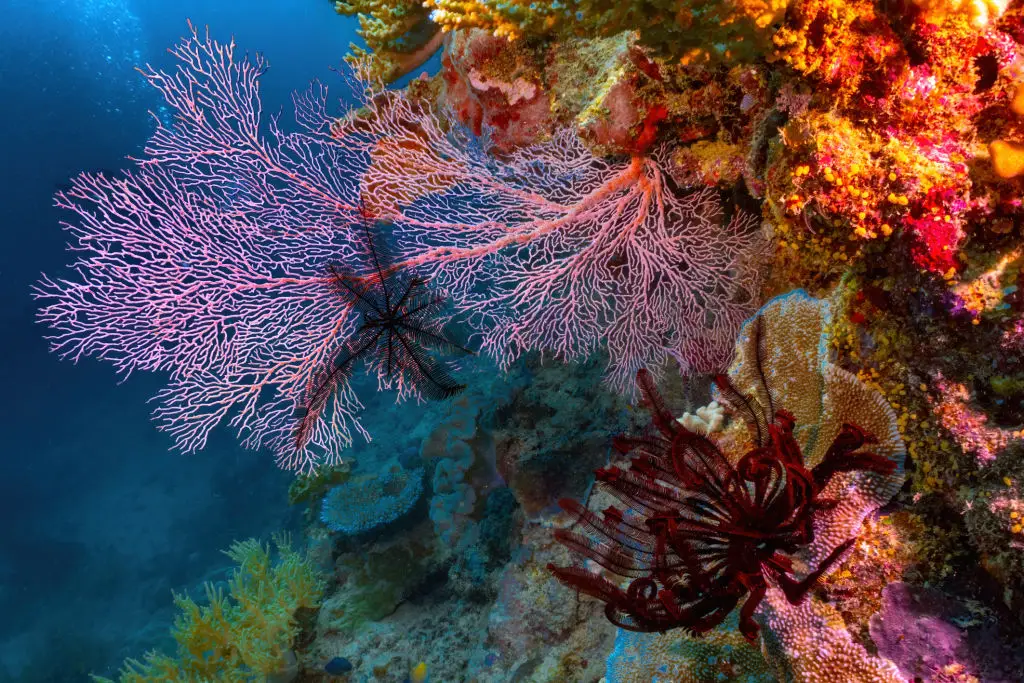
The Great Barrier Reef stands as Oceania’s crown jewel and a perennial favorite among American divers. Stretching over 1,400 miles along Australia’s northeast coast, this UNESCO World Heritage Site is the world’s largest coral reef system. With hundreds of islands and countless dive sites, it offers seemingly endless opportunities for exploration. The biodiversity here is staggering—schools of parrotfish, sea turtles, reef sharks, and delicate butterflyfish populate vibrant coral gardens that ripple with color. Popular dive spots such as Cod Hole, Ribbon Reefs, and Osprey Reef draw underwater photographers and thrill-seekers alike. Liveaboards and day boats from Cairns or Townsville make the experience accessible, whether you’re a seasoned diver or just starting out. Many visitors report awe-struck moments drifting past massive bommies or spotting a cruising manta ray. Conservation is a priority in these waters, so sustainable diving practices are widely encouraged. If you have only one reef on your dive wishlist, there’s a reason this one is legendary.
2. SS President Coolidge, Vanuatu
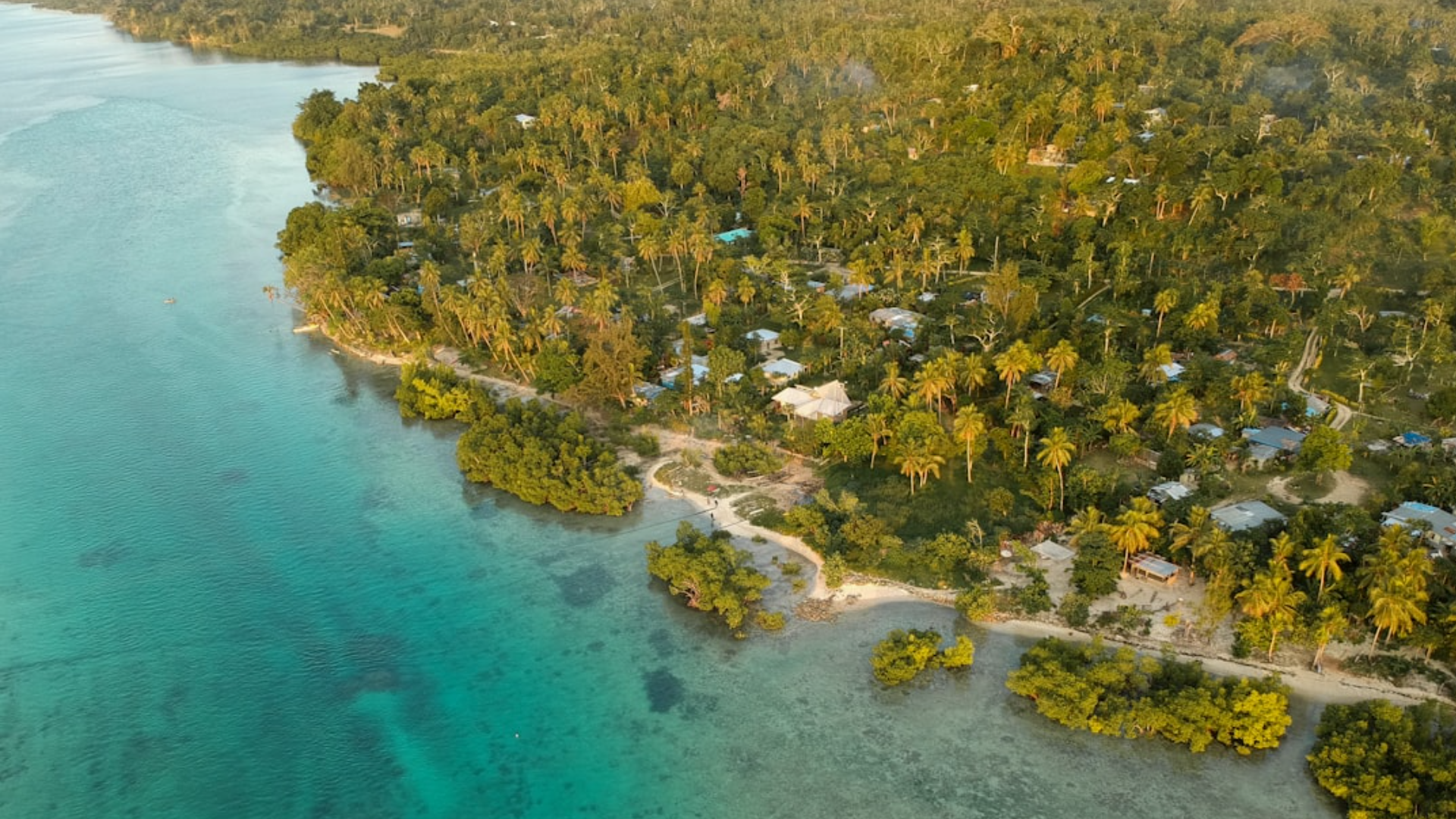
Diving the SS President Coolidge is a journey into both history and marine life. Once a luxury liner before its service as a troop carrier in World War II, the Coolidge met its fate near Espiritu Santo in Vanuatu. Today, its massive hull lies at easy depths for recreational divers, gradually becoming a thriving artificial reef. This wreck is celebrated for its intact artifacts, including a porcelain “Lady” statue and officers’ china, visible on guided dives. Adventurous explorers can venture through sprawling passageways, cargo holds, and even peek into the engine room, while marine life—ranging from flashlight fish and moray eels to lionfish—adds vibrant contrast to the metal structure. The easy shore access makes it one of the world’s most approachable deep wrecks. Many divers describe the experience as a moving blend of history and adventure, with every visit revealing something new beneath layers of coral and marine growth.
3. The Blue Hole, Palau
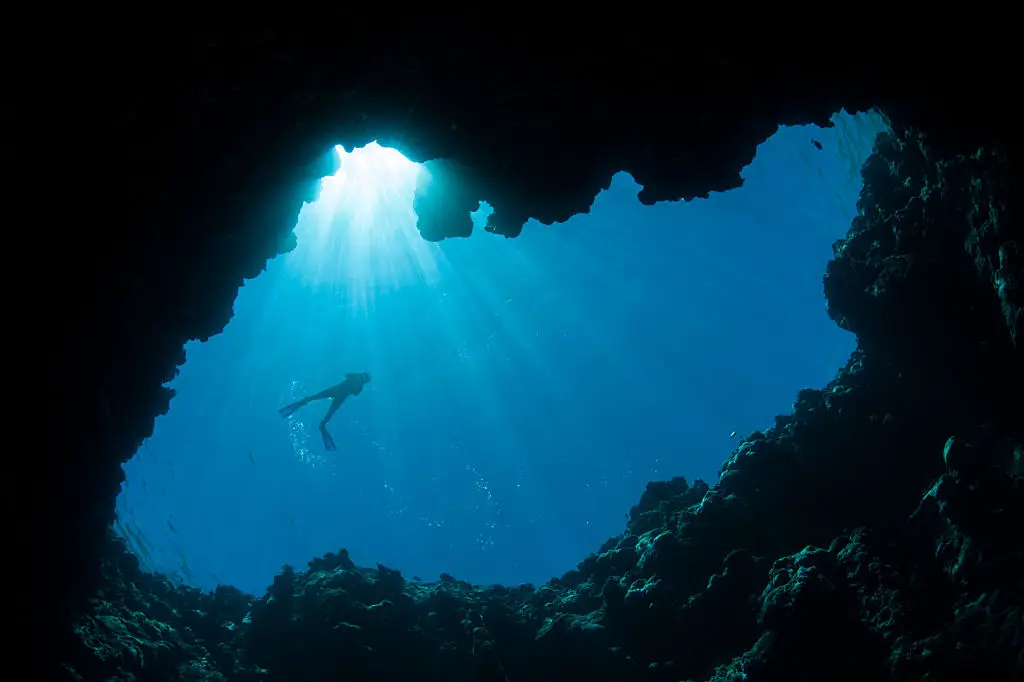
Palau consistently ranks high among global diving destinations, and its Blue Hole is a prime example of why. This natural underwater sinkhole offers an unforgettable descent through a vertical shaft into open caverns suffused with dancing rays of sunlight. The Blue Hole’s entrance sits atop a sheer coral wall, letting divers float down past whips of soft coral and massive sea fans. Further exploration reveals dramatic overhangs and resident reef sharks cruising the perimeter—always a hit with underwater photographers and adventure-seekers. The feeling of weightlessness in such a vast, cathedral-like space is often described as surreal. Beyond the Blue Hole itself, Palau’s surrounding waters are filled with healthy reefs and drift dives teeming with pelagic species. For American divers seeking a combination of geological drama and thriving marine life, this spot delivers excitement at every turn.
4. Rainbow Reef, Fiji
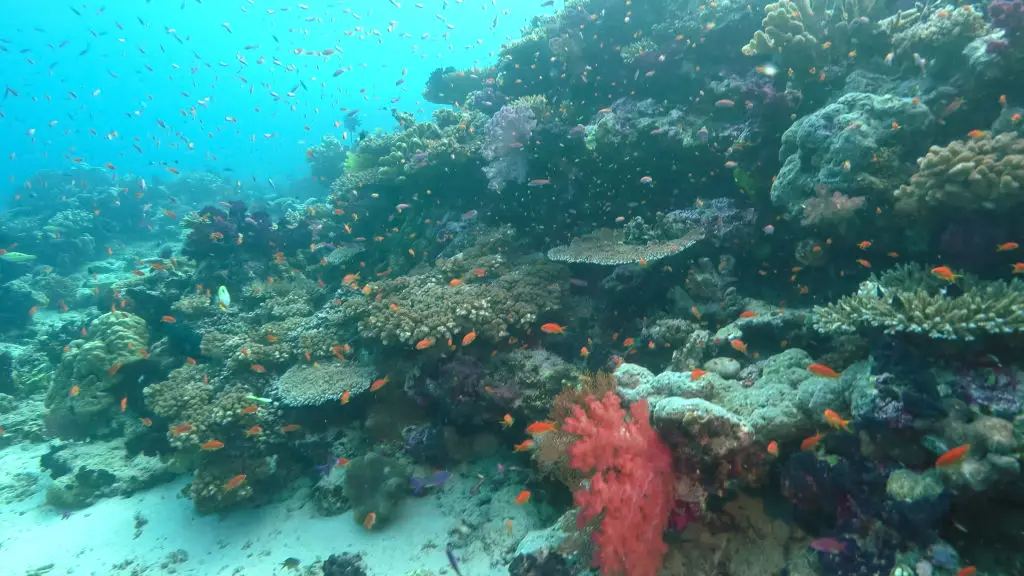
Fiji’s Rainbow Reef ranks as a vibrant tapestry of marine color and diversity. Located between Taveuni and Vanua Levu, this stretch is acclaimed for its flamboyant soft coral displays, particularly at sites like the Great White Wall. Divers glide through clear currents, passing by clouds of anthias, angelfish, and intricate coral candelabras in every hue imaginable. Over 1,200 fish species call these channels home, rewarding both macro and wide-angle photography enthusiasts. Drift diving here means you’ll often move with the flow, opening up new vantage points with each pass. Local dive operators are well-versed in balancing excitement with safety, and many offer surface intervals with views of Fijian jungle. For Americans eager to experience underwater fireworks—and meet resident turtles or reef sharks—Rainbow Reef promises spectacle and serenity in equal measure.
5. Tufi Fjords, Papua New Guinea
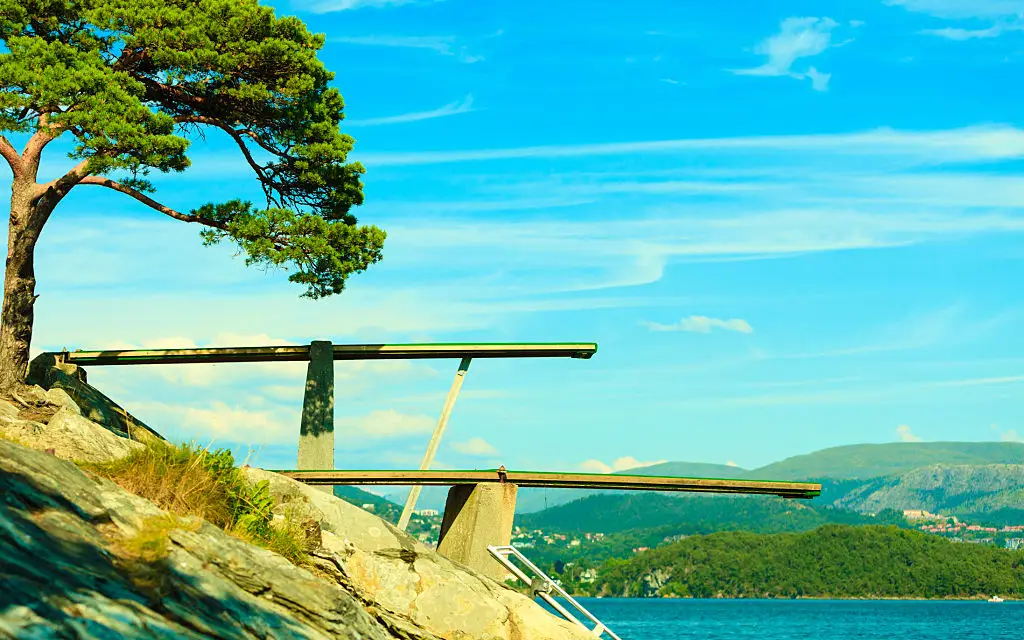
The Tufi Fjords present a rare combination of geological grandeur and marine abundance. Carved by ancient volcanic activity along Papua New Guinea’s northeast coast, these fjords offer a striking backdrop for underwater adventures. Here, divers encounter lush coral gardens—alive with clownfish, sea horses, and pygmy pipehorses—as well as dramatic drop-offs, WWII wrecks, and even hidden caves. The region is famous for “muck diving,” where macro photographers hunt for nudibranchs and smaller critters in sediment-rich shallows. Tufi’s embrace of both ocean and rainforest adds another layer of intrigue; many visitors split their time between world-class reefs and cultural tours in local villages. For those seeking a blend of biodiversity and scenic drama far from the crowds, the Tufi Fjords fit the bill comfortably.
6. Poor Knights Islands, New Zealand
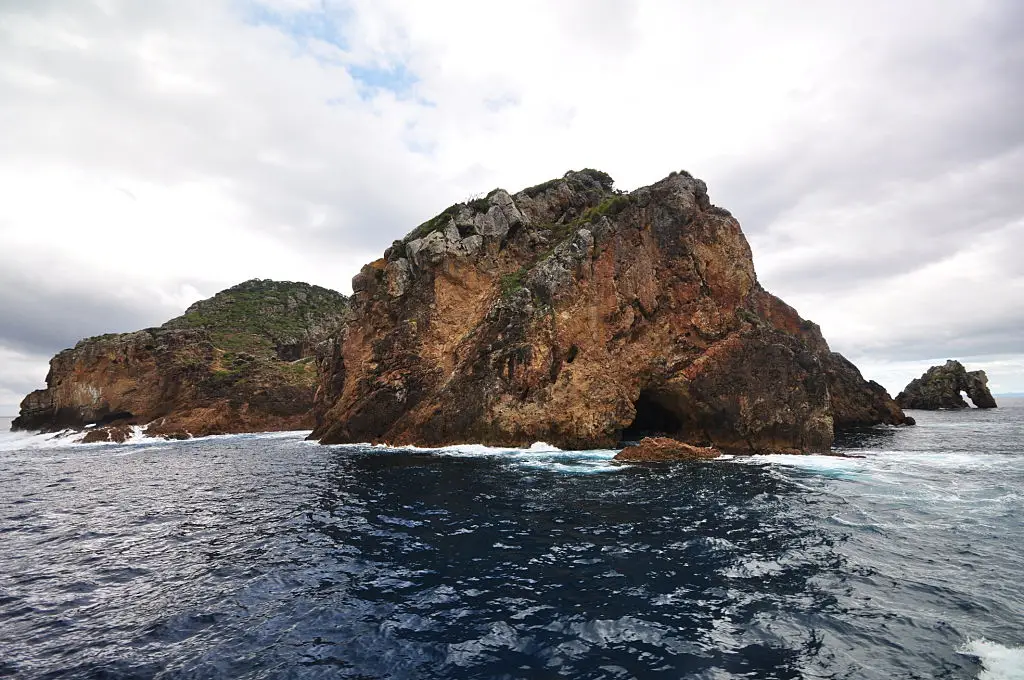
The Poor Knights Islands rank among New Zealand’s natural wonders above and below the waterline. Jacques Cousteau once named these volcanic islets one of the world’s top dive locations, and it’s easy to see why. Subtropical currents feed forests of kelp, archways, caves, and stunning drop-offs, where rays, moray eels, vibrant sponges, and—seasonally—even visiting orcas may appear. Entrances to underwater arches allow divers to play with light and shadow, making every dive feel different. Access is straightforward from the town of Tutukaka, and dive operators cater to a range of skill levels. In summer, waters warm up just enough for comfortable three-mil wetsuit dives. The mix of rugged volcanic geology and lush marine life offers a memorable New Zealand experience not often found elsewhere in Oceania.
7. SS Yongala, Australia

Regarded as one of the planet’s greatest wreck dives, the SS Yongala sits off Townsville’s coast in Queensland, Australia. Sunk by a cyclone in 1911, this 355-foot passenger ship has become an artificial reef brimming with life. Descending onto the wreck, divers are greeted by swirling schools of giant trevally, massive groupers, sea snakes, and green turtles. The ship remains mostly intact, providing atmospheric passageways for advanced divers—although penetration is typically restricted to help preserve the site. Strong currents add to the thrill, so experience is important. The spectacle of large marine creatures circling the wreck gives every visit an edge of unpredictability, and many divers return for new surprises each time. Its remote location means dive trips feel focused and uncrowded, perfect for those seeking iconic adventure.
8. Beqa Lagoon, Fiji
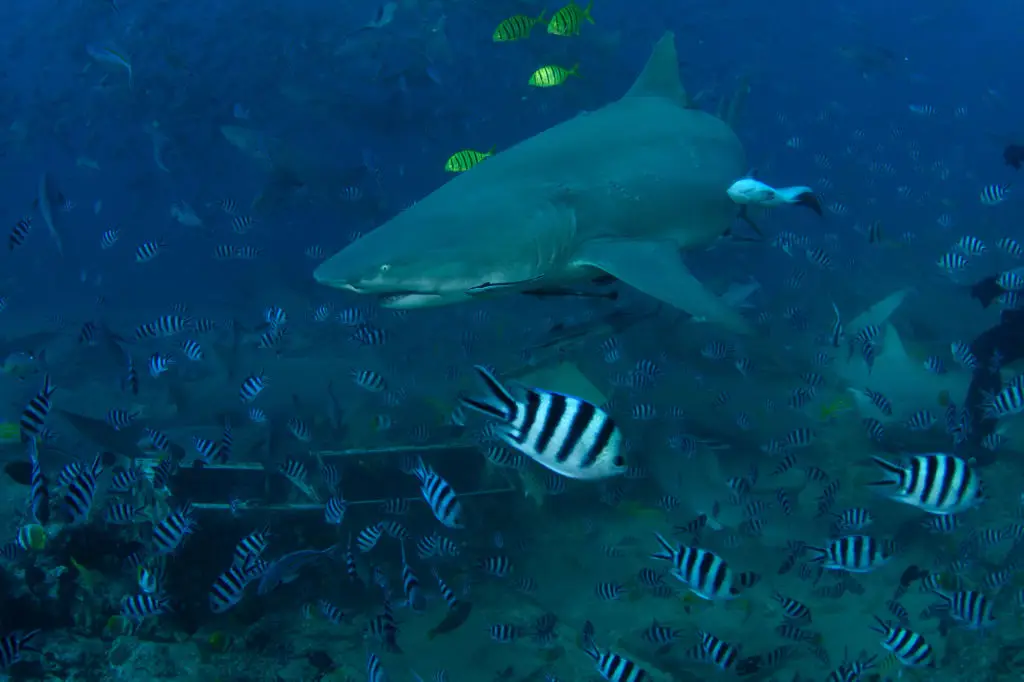
Beqa Lagoon, resting just off Fiji’s Viti Levu, offers a unique blend of soft-coral diving and heart-pounding shark encounters. The main event here is the legendary shark dive, where bold adventurers can safely witness bull sharks, tiger sharks, and reef sharks in their natural environment—up close but always managed under expert guides. Outside the adrenaline rush, Beqa is celebrated for its sprawling coral gardens, intricate reefs, and a surprising array of macro critters delighting underwater photographers. Village visits add a cultural richness to the diving, showcasing Fijian traditions and hospitality. The lagoon’s accessibility and year-round diving conditions make it a must for travelers seeking diversity in their underwater adventures. For Americans looking to check “diving with sharks” off their bucket list, few spots rival Beqa for both spectacle and stewardship.
9. Chuuk Lagoon, Micronesia
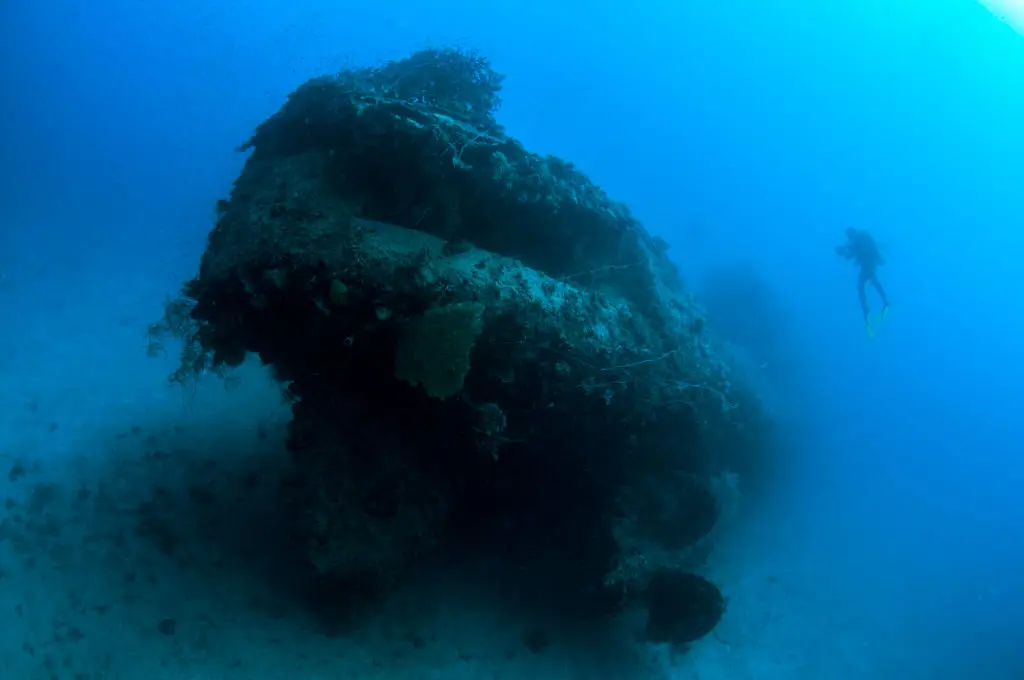
Chuuk Lagoon, often called Truk Lagoon, is a sanctuary for wreck diving enthusiasts. Located in Micronesia, this sheltered atoll was a strategic Japanese base during WWII and now harbors more than 60 shipwrecks, along with planes and tanks. Many lie within recreational diving depths, making the “Ghost Fleet” accessible to those with advanced certification. Coral has since colonized the vessels, transforming the wrecks into bustling reefs crowded with lionfish, turtles, and swarms of glassfish. Some wrecks still hold cargo of motorcycles, trucks, or even gas masks—adding to the time-capsule effect. Guided penetration dives are popular, but photographers also marvel at sun-dappled silhouettes from the outside. For American divers intrigued by history, mystery, and marine life, Chuuk Lagoon represents an unparalleled underwater museum.
10. Lord Howe Island, Australia

Lord Howe Island sits like a postcard between Australia and New Zealand, encircled by a UNESCO-listed marine park. Its crystal waters boast more than 500 fish species and the world’s southernmost coral reef. The star attraction for advanced divers is Ball’s Pyramid—a towering, 1,800-foot volcanic stack that rises straight from the sea, home to Galapagos whalers, rare endemic species, and flourishing soft corals. Visibility regularly exceeds 100 feet, and the lack of crowds ensures a relaxed pace both on land and underwater. Strict visitor limits help Lord Howe retain its pristine quality, making every dive here feel exclusive. Many visitors extend their stay to hike, birdwatch, or enjoy the gentle island rhythm—a worthy sidebar to unforgettable underwater discoveries.
11. Sipadan Island, Malaysia (Borneo/Oceania border)
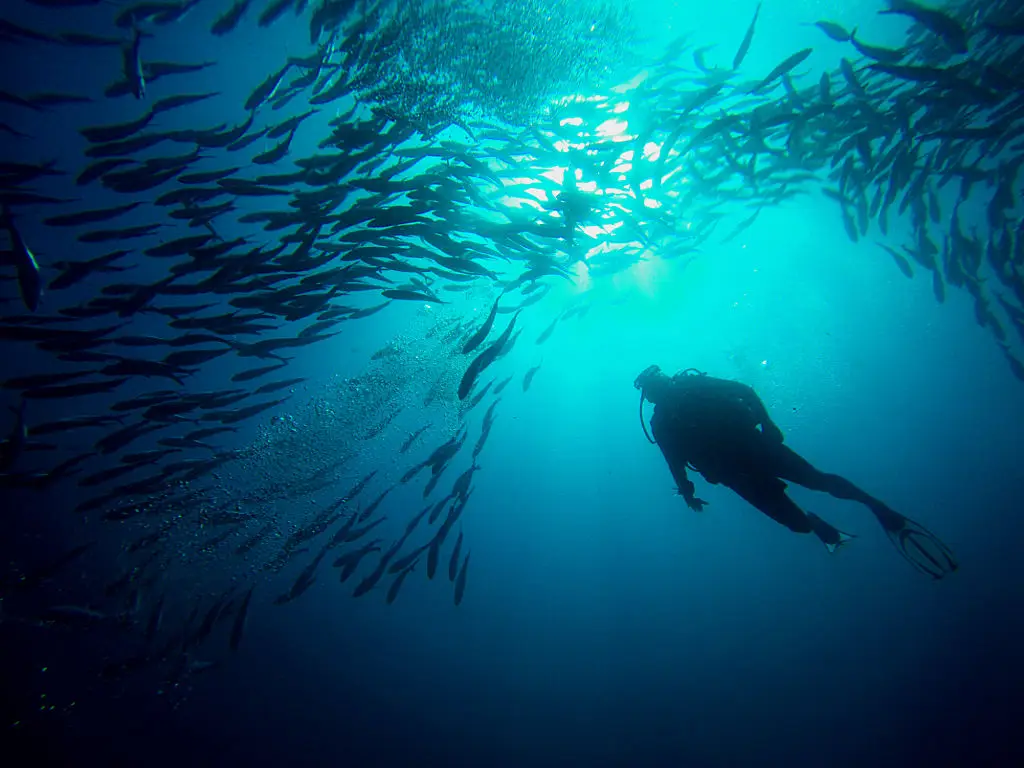
While just outside strict Oceania geography, Sipadan belongs on many American divers’ Pacific itineraries. This volcanic island off Borneo is famed for scenes straight from a diver’s dream—barracuda tornadoes, whirling jackfish, and a resident population of green and hawksbill turtles. Its steep reef walls drop into the abyss, teeming with swarms of bumphead parrotfish and prowling reef sharks. Strict daily permits keep visitor numbers low, preserving both exclusivity and ecological health. Fast-paced drifts and pristine coral gardens challenge and reward divers at every turn. Those lucky enough to secure access report life-long memories and dramatic underwater photo ops. For U.S. travelers seeking pelagic-packed action and a chance to explore rare reef ecosystems, Sipadan stands out as a high-priority goal.
12. The Solomons’ Marovo Lagoon, Solomon Islands
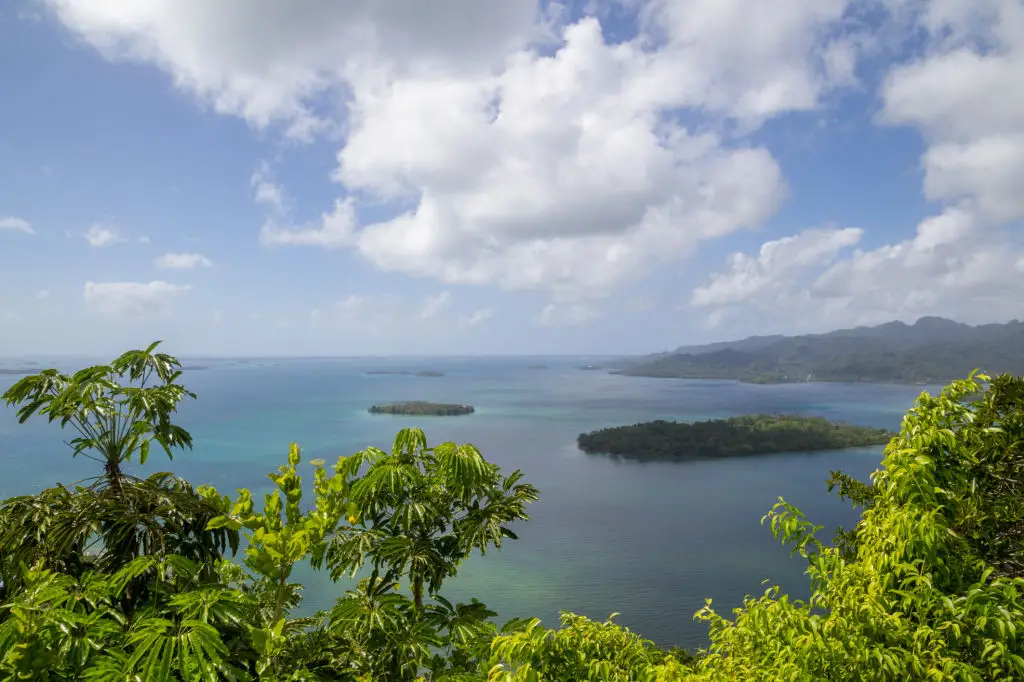
Marovo Lagoon in the Solomon Islands is one of the world’s largest saltwater lagoons, a treasure hidden amid rainforest and coral-studded waters. Largely undeveloped and reached by small plane or boat, the lagoon is prized for its untouched coral walls, thriving fish life, and a scattering of WWII shipwrecks. Experienced divers revel in exploring dramatic drop-offs and labyrinthine reef passages while also finding time to visit local villages renowned for woodcarving and hospitality. Marovo’s remoteness ensures few crowds—just vibrant marine life, sea fans taller than divers, and regular sightings of pygmy seahorses or eagle rays. For the traveler wanting a blend of cultural depth and marine diversity, Marovo exemplifies why Oceania remains the diver’s dream frontier.
The underwater tapestry of Oceania is woven with ancient reefs, historic wrecks, and some of the rarest marine species on Earth. For American divers, each site in this lineup presents a distinct adventure—one filled with legendary stories and the spirit of discovery. Whether you yearn for coral cathedrals, mysterious shipwrecks, or adrenaline-fueled shark dives, this region caters to every swimming skill and passion. As of 2024, planning ahead is wise: research seasonal travel routes, check for up-to-date dive regulations, and consider local sustainability efforts to keep these wonders healthy for generations. Bring your curiosity, your camera, and a respectful sense of adventure. Oceania’s underwater wonders were made for those eager to expand their dive horizons, and the next chapter in your scuba story might just be written beneath southern seas.
Powered by Froala Editor


